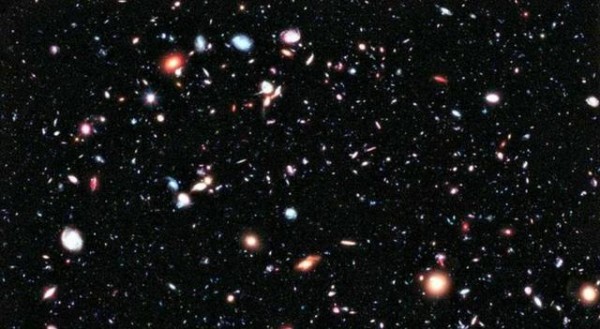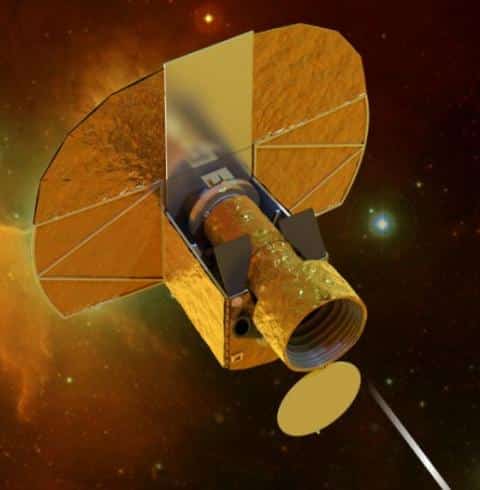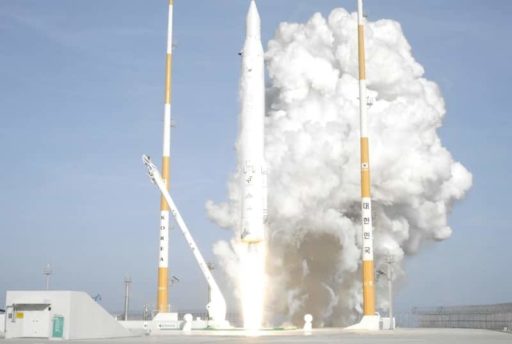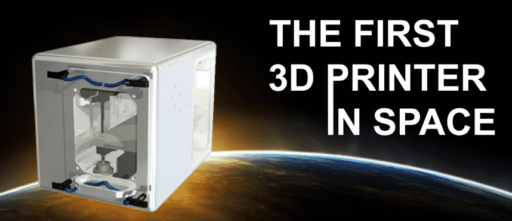Before Hubble Space Telescope was launched in 1990, astronomers could barely see galaxies up to 7 billion light-years away. Observations with telescopes on the ground were not enough to establish how galaxies formed and evolved in the early universe. But, after Hubble was sent to space, it merged itself into exploring space. It started to capture photographs of distant galaxies over times. Recently, NASA has published an eXtreme Deep Field (XDF) image by combining 2,000 images captured by Hubble space telescope.
The XDF is a result of images captured by Hubble telescope over 10 years in. The image is mankind’s deepest ever look at the universe, and it contains about 5,500 galaxies. What’s more? The galaxies captured dated back to 13.2 billion light-years in time. Thinking about is the significance of this number? It’s actually an image of a time period when the universe was aged 500 million years only; the closest condition to the Big Bang mankind have deciphered so far.
Hubble Space Telescope failed to capture more distant and earlier galaxies in XDF because the telescope couldn’t see those galaxies as their lights shifted into infrared wavelengths and hence it were invisible to Hubble.
You can find the image in high-resolution at NASA.
Source: Science Springs
[ttjad keyword=”dslr-camera”]





Thanks for picking up this post at ScienceSprings. I am interested to know how you got to it and why you highlighted it. That could help me in my work in the ScienceSprings blog.
Sorry for late reply. I’m interested in space science and its mystery. I saw the article in
NYT. It was just a single paragraph. I thought, NYT made some study. But I understood after reading your article that they did nothing creative. Your article was better understandable to me. Wish you keep writing in simple language. @RichardMitnick